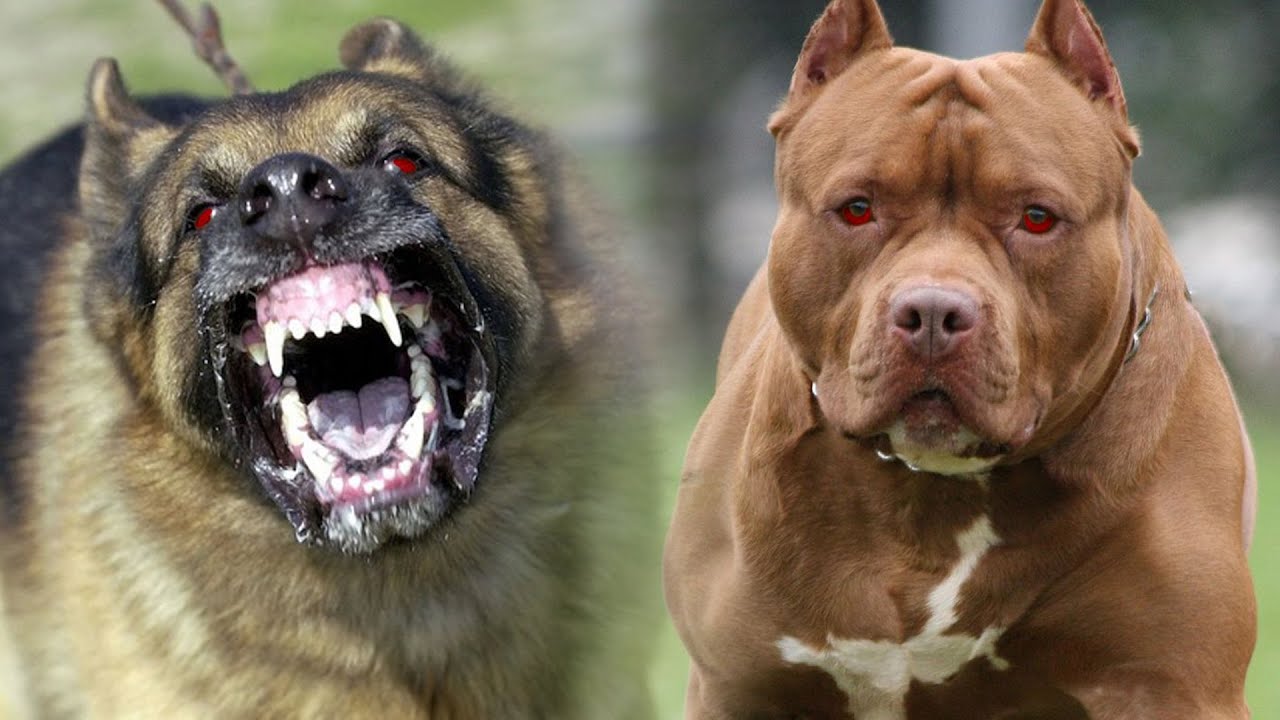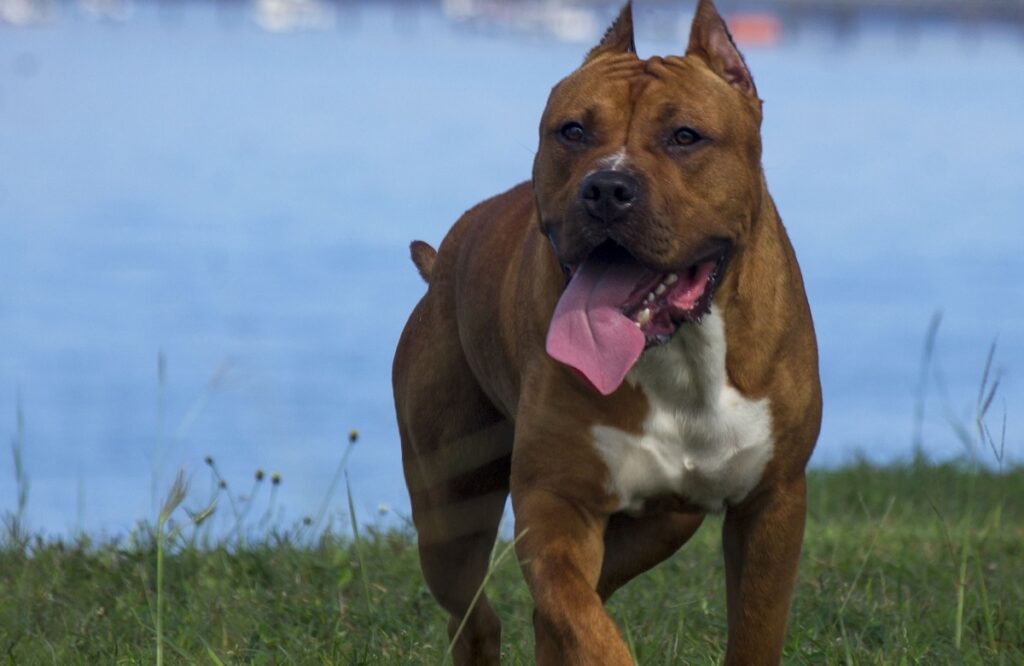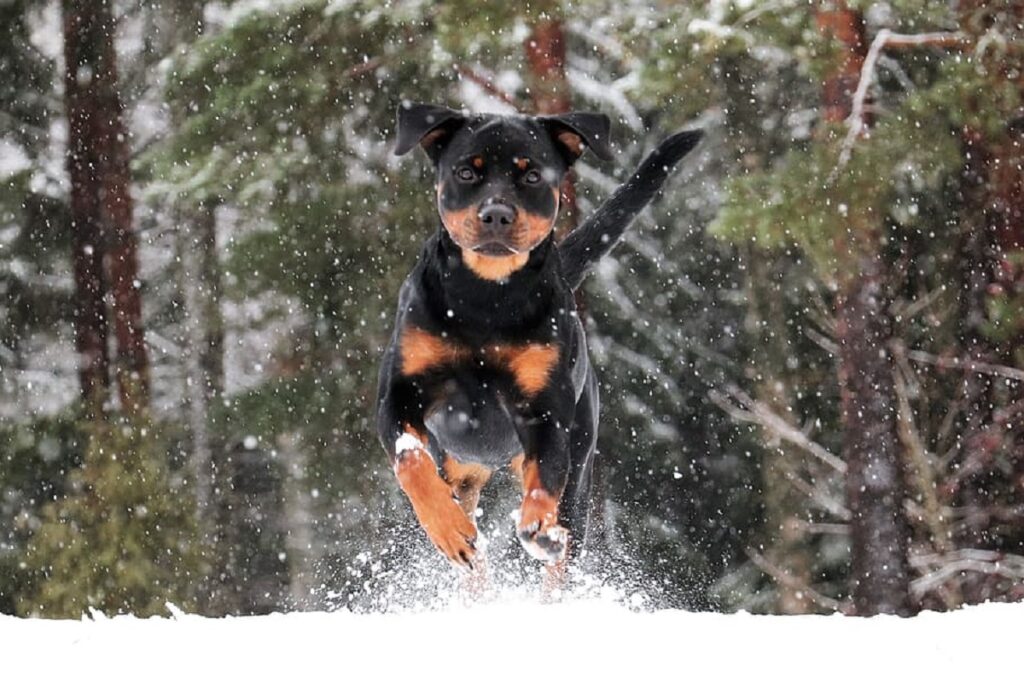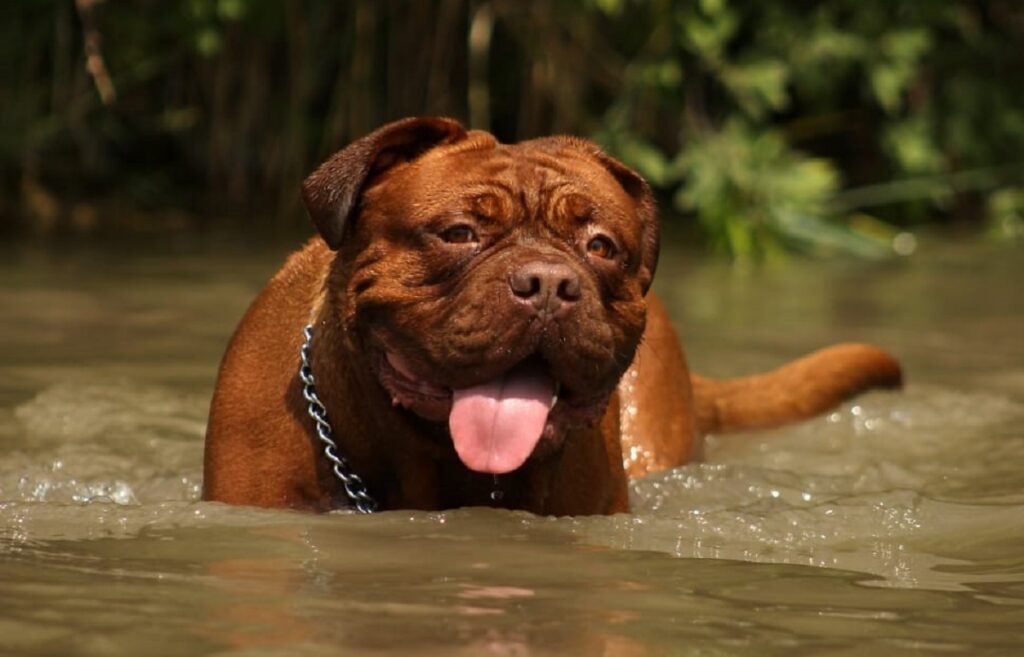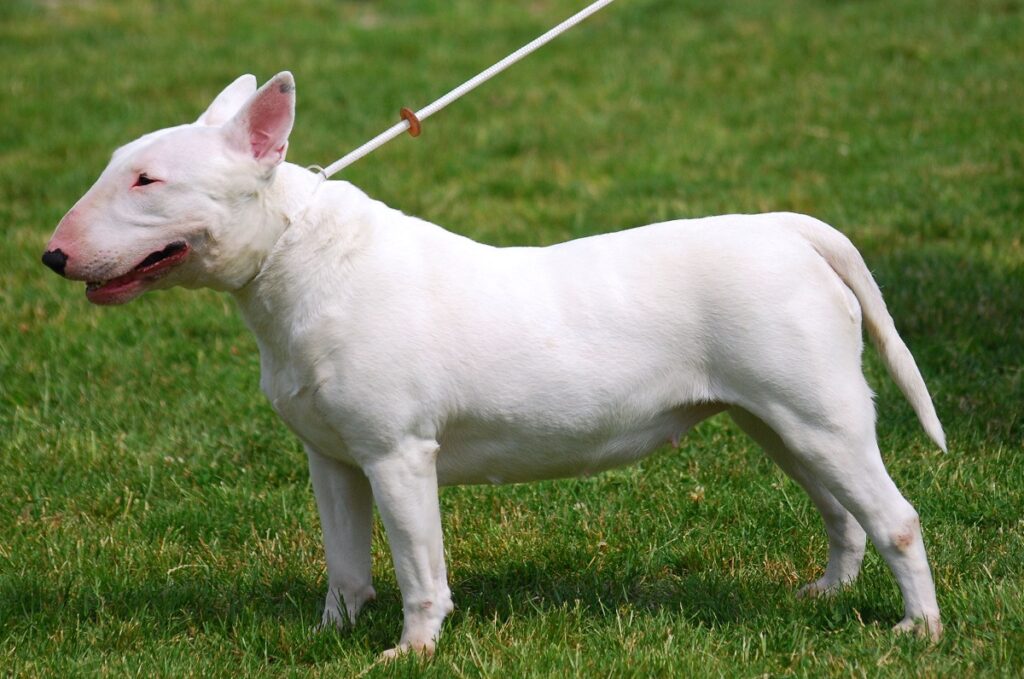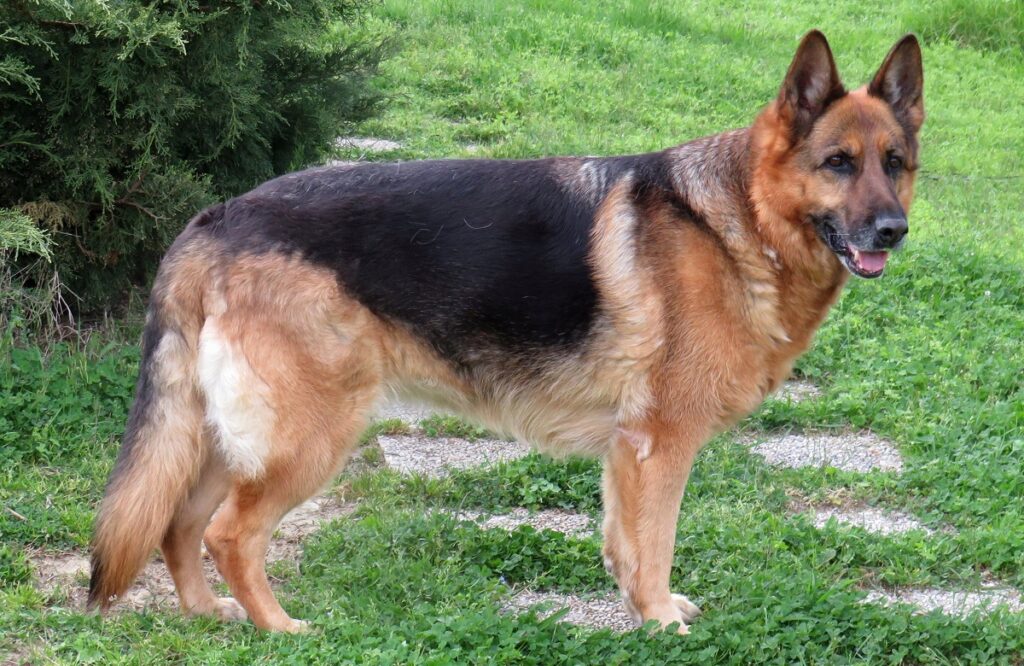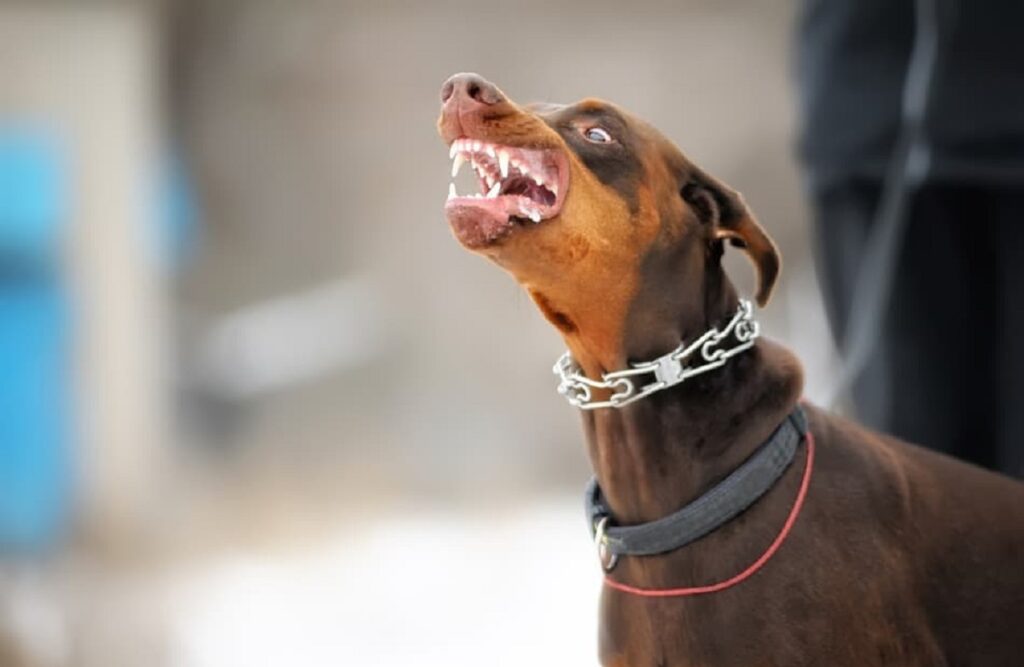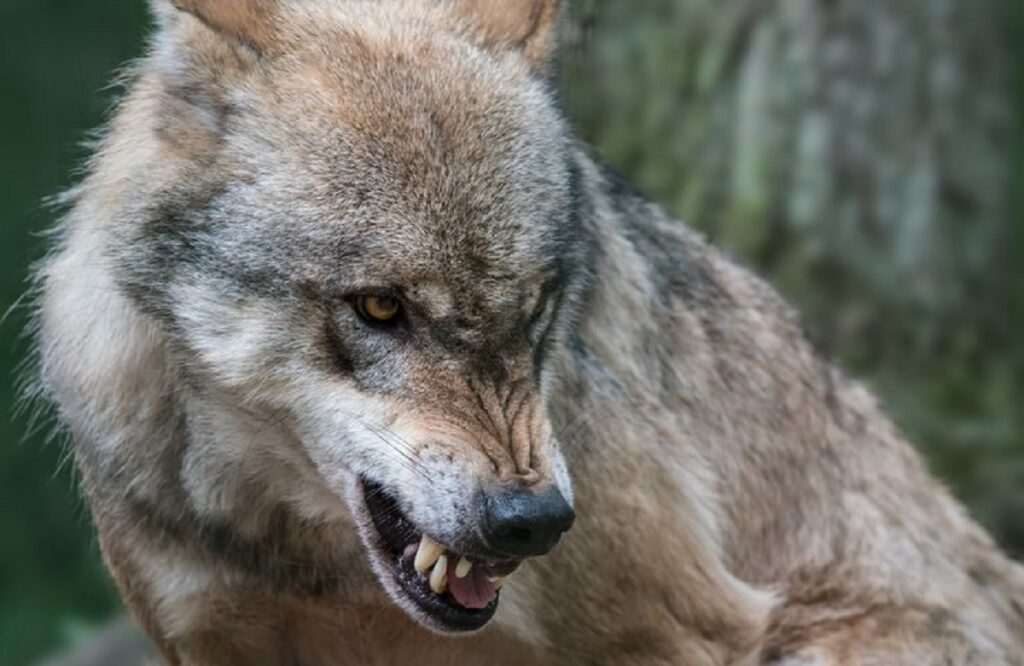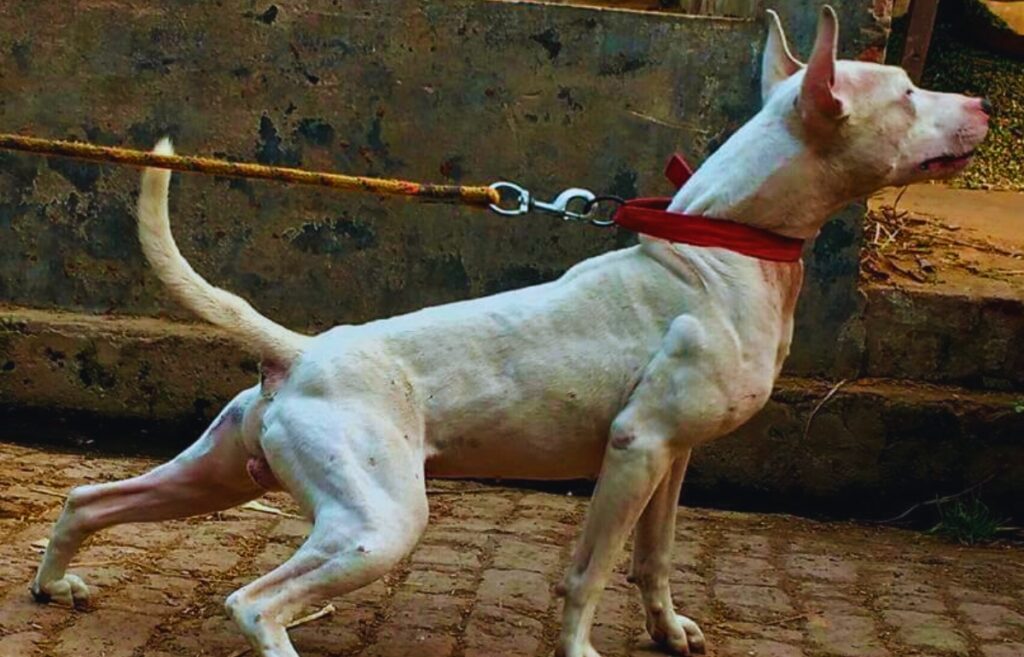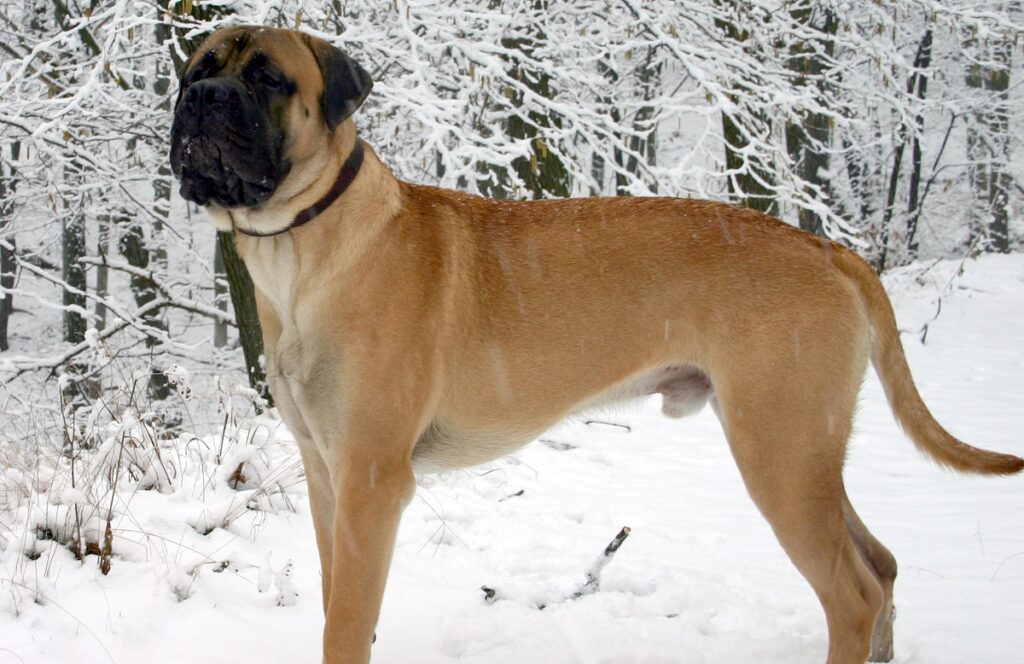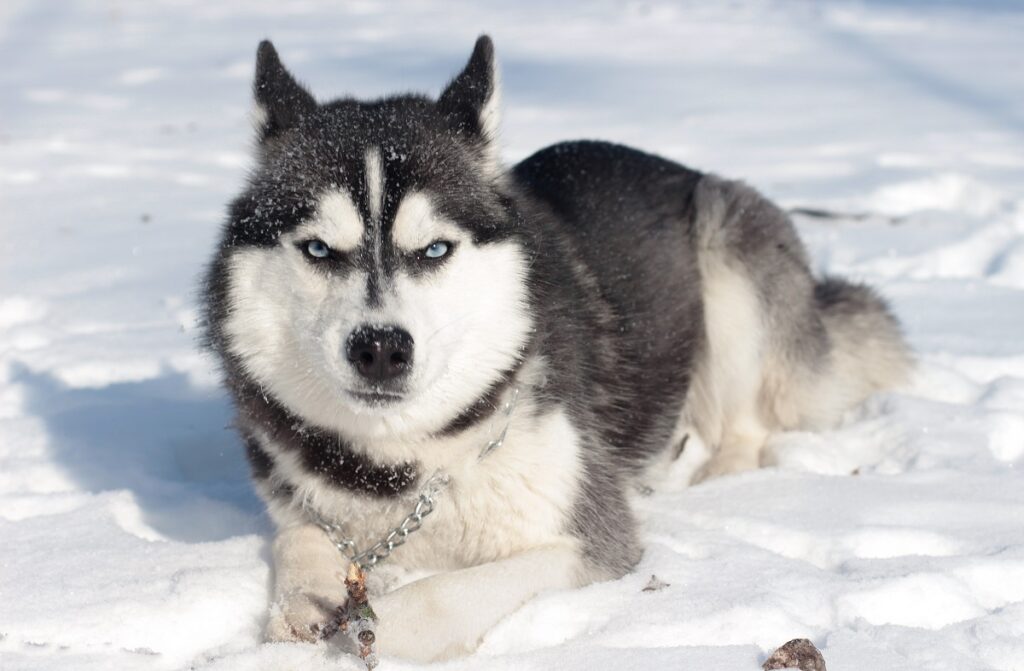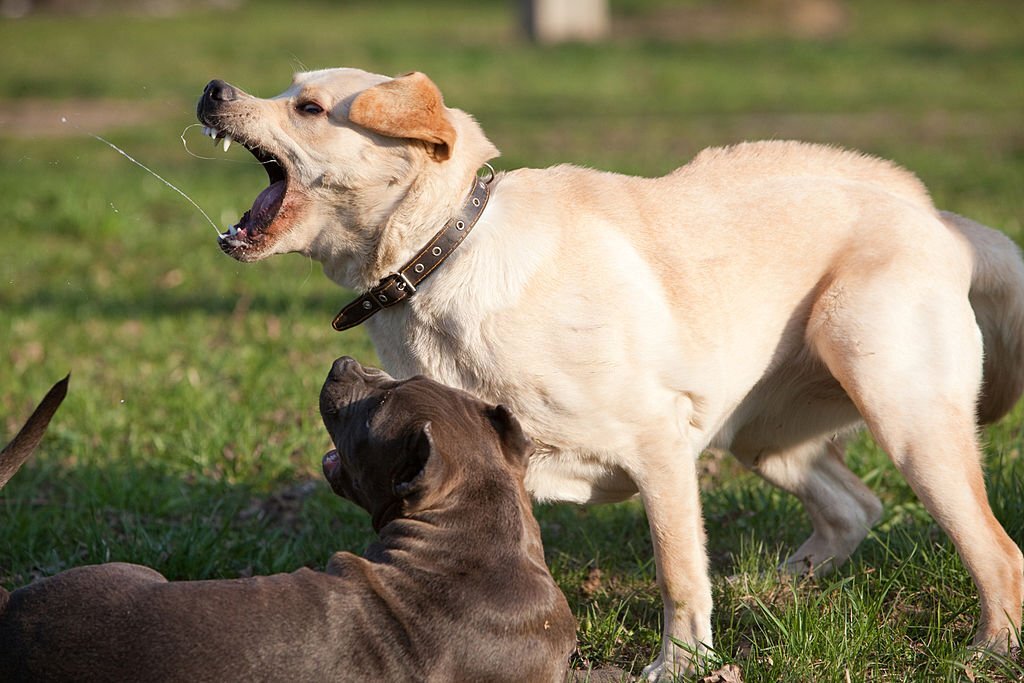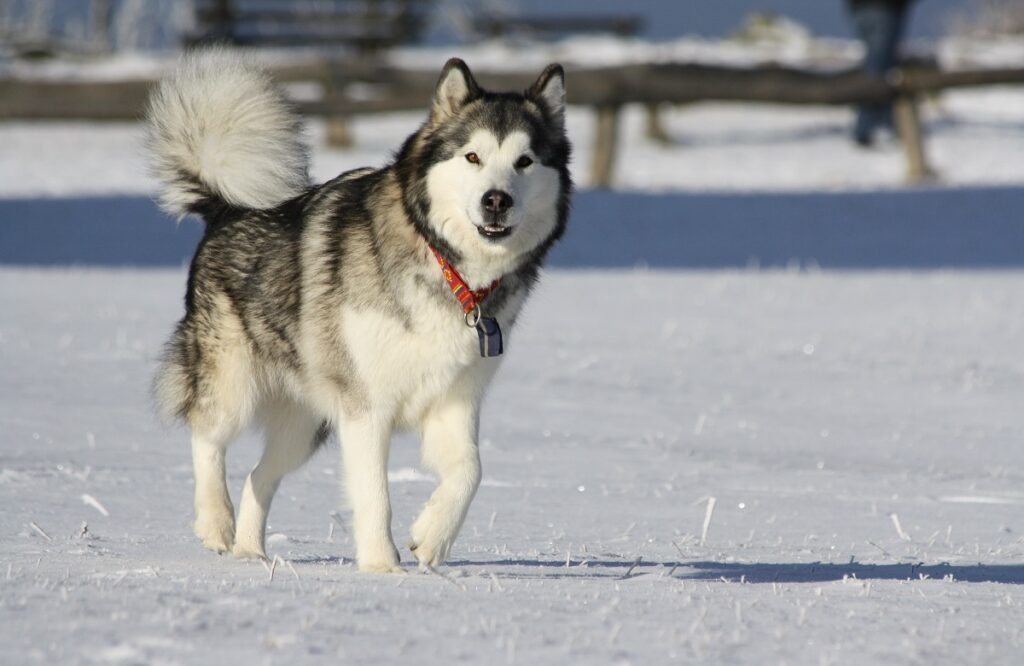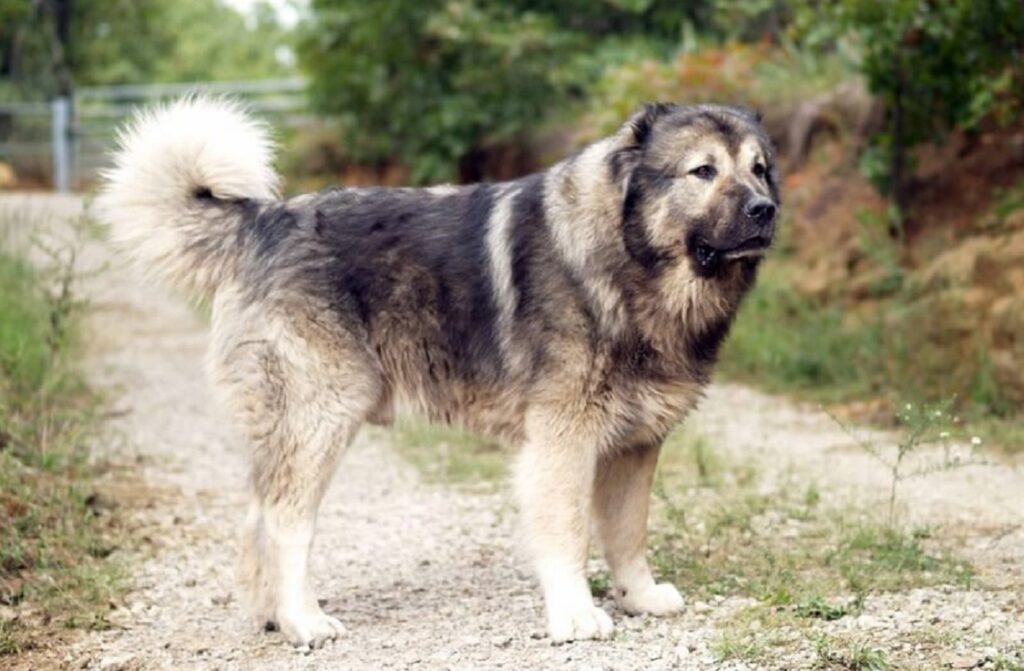“Dangerous” dog breeds is a highly controversial topic, often based on flawed statistics and sensationalist media. While any dog can bite given the right (or wrong) circumstances, some breeds are unfairly labeled as inherently aggressive. This list of the “15 Most Dangerous Dog Breeds in 2024” examines breeds commonly flagged in bite reports, exploring factors like size, strength, and protective instincts. It’s crucial to remember that breed alone isn’t an indicator of temperament. Responsible ownership, training, and socialization play a far more significant role in a dog’s behavior than its genetic predisposition. This list aims to educate, not perpetuate fear, prompting a deeper understanding of dog behavior and responsible pet guardianship.
Let’s get something out of the way. “Most Dangerous Dog Breeds” wasn’t an article I was jumping up and down to write. Dogs are generally as dangerous as their owners are, and I didn’t want to perpetuate myths people believe about certain breeds.
Then, I remembered that some dog types have a higher propensity to become aggressive if they’re not cared for properly. And that’s something I can get into.
Some of you may know of a Chihuahua that might make a pitbull look like Mother Teresa, so there’s that… But we’re presenting to you large dog breeds that have a higher chance of being aggressive.
So pull up a chair, put your learning hat on, and get ready to hear about the world’s most dangerous dog breeds.
Most Dangerous Dog Breeds
Dogs are the most diverse creatures in the animal kingdom. Look at a Yorkie, a Dachsund, and a St. Bernard, and you’ll see what I mean. They couldn’t be more different. The same goes for their personalities and inherent behaviors.
But here’s a startling statistic: From 1979-1996, 279 people died from being attacked by a dog. This might seem insignificant, but not to those families. During this time period, fatal dog attacks occurred in 46 states. Additionally, in the early 80s, when pitbull terriers became weapons in the hands of men who trained them to be fighting dogs, all hell broke loose.
Communities, authorities, and experts took notice, and breed-specific legislation was born. What is BSL? Laws that aim to protect the public from certain dog breeds through regulations and restrictions. It’s prevalent in the housing and insurance industries and divides people into two camps: Pro-BSL and Anti-BSL.
It’s no surprise that pit bulls are the number one dog surrendered to animal shelters. Not because they’re attacking people willy-nilly. It’s because they’re difficult to house due to restrictions, and the majority of people don’t know how to handle them.
Now let’s get into what you came here for: The list of the most dangerous dogs.
Pitbull
I’ll start by giving you the four types of pitbull terriers since “pitbull” is not a breed that stands alone.
- American pit bull terrier
- American bully
- Staffordshire bull terrier
- American Staffordshire terrier
These dogs are 30-65 lbs of solid muscle, and there’s a reason why unsavory types want to fight them. Their strong jaws produce a 235-260 lb. bite force (psi – pounds per square inch), which is nothing to sneeze at.
Compared to a human’s at around 162 psi, it’s almost double. But compared to a saltwater crocodile’s at 3,700 psi, it’s practically harmless. Unfortunately, it’s not totally harmless.
When provoked, threatened, or abused/neglected, they can become fighting dogs.
Their first instinct becomes “attack or be attacked.” Dog bite incidents: According to Time Magazine, in 2013, there were close to 600 pitbull attacks in the US and Canada.
From 2005-2017, this breed killed 284 people, which was 66% of total fatalities by dogs. Due to facts like these, the pit bull tops this list of most dangerous breeds.
Now, let’s discuss the elephant in the room… Are pitbulls inherently dangerous? Yes and no. Yes, because they’ve been bred for centuries to fight. Herders herd, hunters hunt, and fighters fight. But, if a pittie is socialized early and raised with love and lots of positive reinforcement training, they’re not vicious dogs. It’s a sticky situation and isn’t black-and-white.
But that’s not the last word on these spectacular dogs. If you want a ridiculously loyal, loving, and sensitive companion, this is your dog. They’re playful and silly. Just ask one of their guardians and prepare to be amazed by the wonders of pit bulls.
Rottweiler
Rottweilers pose a greater threat to people and other animals and can be a dangerous dog breed mostly due to their size. This working breed dog is built to protect. At 22”-27” tall and weighing up to 130 lbs, you don’t want to get on the wrong side of one.
Interestingly, the same characteristics that make them excellent pets can make them dangerous breeds as well. Traits like being:
- Territorial
- Protective
- Loyal
- Intelligent
- Confident
- Courageous
They can also be downright goofy and will keep you laughing. Although you wouldn’t want one if you’re inexperienced with dogs, if a rottie has proper training and is well-socialized, you’ll have one fantastic dog.
American Bulldog
The American bulldog is stout, broad, and muscular. Just looking at one can be a bit intimidating, and they can be aggressive dogs. But many people misunderstand what they are and confuse them with pitbull breeds. They’re not.
This foundation stock service dog is an exceptional animal. Originally bred as a utility dog used for working the farm, these athletic canines came to the US with immigrants in the 1800s.
They like to be the only dog on the block in your home and can be aggressive towards other dogs (not a dog park kind of dog). Having been bred to catch hogs and cattle, they have a high prey drive and should be socialized well with people and animals at a young age.
The Bull Terrier
Cat lovers… Take your kittie and run for the hills. In fact, you might want to take your dog, too. These terriers are just not in the mood. You can’t really blame them since they were bred for killing.
In Britain, in the early 1800s, thugs bred and raised them to fight other dogs to provide entertainment and a “blood sport” for illegal gambling. Bulldogs were the first ones chosen for the “sport,” but breeders wanted a faster canine. Enter the bull terrier.
They may have a face only a mother could love, but I wouldn’t tell them that. (Oh, and if he looks familiar? (If you’re in the US, he’s the Target dog!)
German Shepherd
These wonder dogs can look intimidating and ready to fight at any moment. Their bite force averages 250 psi, so you wouldn’t want to scuffle with one. German shepherds were bred to be herders, so they’re fast, agile, and intelligent. And they can be a dangerous dog breed.
Dog bite statistics: From 2005-2017, they were ranked third for most fatal attacks on humans, with 20. There’s good reason behind their heavy involvement with law enforcement and the military…They’re astute fighters who want to please.
In WWI, they conquered land mines and artillery fire. Captain Max von Stephanitz was their original breeder and realized these dogs would be perfect as K-9 police dogs. They’re also perfect for families with no cats and will guard the family unit with unbridled courage, which makes them excellent guard dogs.
With improper training and little socialization, they can be vicious, so they need to be in the right hands. But when your bases are covered, they can be excellent family pets.
Doberman Pinscher
Take one look at these massive dogs, and you may want to run. Intimidating and statuesque, Doberman pinschers are the epitome of “scary” to some. They have a tendency to bite and were even by the sides of the US Marines during WW2. Seventy-five percent of those combat dogs were Dobermans.
Classified in the “Working” group by the AKC, this breed was developed by a German dogcatcher with the same last name. Fearless and alert, Dobies (pronounced doe-bees) are almost always seen with cropped ears and tails to magnify their humongous presence. You may not even recognize one without these alterations.
They’re often found in lots where cars go to die and junkyards due to their inherent ability to protect. Although Dobies are highly unlikely to turn on their guardians, never leave one unattended with children or other animals.
Since they’re said to be bred using (among others):
- German Shepherds
- German Pinschers
- Weimaraners
- Rottweilers
It’s easy to see what all the fuss is about.
Wolfdog
First of all, what is a wolfdog? According to wolf.org, a wolfdog is the name used to identify the offspring that result from the mating between a wolf and a domestic dog.
These canines take dangerous to a whole new level. Wolves are wild animals, and as such, all bets are off when a wolfdog encounters a person. Although some say they can be tamed, this isn’t something to be believed overall.
Wolves are protective and territorial and don’t take too kindly to strangers. They’re not out to guard humans but instead to protect themselves and their offspring/pack.
These animals are unpredictable and then, mated with a dog as wolf hybrids, can become even more so. Also, if bred with a mixed breed, there’s no telling what behaviors can exist. And not being able to know what the animal’s inherent behaviors are or what they’re made of is flat-out dangerous.
It would be near impossible to have a properly socialized wolf hybrid, and irresponsible owners could turn a high-risk pet into a dangerous breed.
Gull Dong
Known in Pakistan, where it was originally bred, as the Bully Gull Terr or the Pakistani bulldog, these canines were bred to be working dogs. They can weigh up to 140 lbs. and aren’t the best choice to be a family dog.
The Gull Dong was bred by being crossed with a Bully Kutta, which is a Pakistani Mastiff. They can be quite aggressive, read, dangerous, and need only the most experienced guardian.
This dog is a rare breed throughout the world but is popular in Pakistan. They can be found in fighting rings even where the activity is illegal.
Bullmastiff
These buff guys are protective of those they love. Very. In the late 1800s, gamekeepers for large estates in England wanted a dog who could sneak up on a trespasser/poacher and hold them there until his guardians came.
The goal now is to breed a dog that is 60% mastiff and 40% bulldog to get a bull mastiff. With all these bully breeds in the mix, dangerous behavior is all but just below the surface.
These enormous dogs must have plenty of room to roam and exercise. A take-charge guardian would work well with this breed since they can be stubborn. They should also be socialized at an early age and never be left alone with small children or other animals.
Siberian Huskies
Oh, but aren’t they just big fluffy babies? They’re stunning dogs with their coloring, intense gaze, and blue eyes, but they can show aggressive behavior if not trained properly. They have a strong prey drive, so if you have other pets, especially cats, you may want to look for a different breed.
Not good watchdogs; they’re a working dog that loves to dig and run. These are sled dogs. The semi-nomadic Chukchi people of Northeastern Asia bred the first teams to pull sleds over long distances in the Alaskan wilderness.
Early obedience training will help the husky fit into family life. But only if they get plenty of exercise, too. Preferably running. They’re loving to their closest people as well as friends and neighbors. They remain a favorite of those who love Arctic breeds.
Boxer
Classified in the “Working” group, boxers were properly trained for police work. Did you know?
- They were some of the earliest guide dogs.
- They served in the German military during WWI as scouts and messengers.
- The modern boxer was developed in the 1880s.
- George Alt imported a Bullenbeisser from France whose offspring became the boxer breed.
They belong to the family of bull breeds that includes the bulldog, bull terrier, and Dogue de Bordeaux, among others. They’re awfully loyal but can sometimes be dangerous. From 2014-2020, Top Dog reports there were 64 boxer attacks on humans in the US and 7 deaths.
Labrador Retriever
Shocked to see this breed on the list? My best friend has a yellow lab, and I’ve seen flashes of aggression in him that have shocked me. Not just small nips or a low growl but full-blown teeth-bared aggression if he gets too excited.
In the same study as the one above (Boxers), it reported there have been 56 human attacks and 3 human deaths by labs from 2014 to 2020.
Labrador Retrievers are larger dogs that can reach 80 lbs. and are 24.5” tall. If they aren’t socialized well as puppies, they can become aggressive.
Alaskan Malamute
Alaskan malamutes are in the “Working” group and can weigh up to 85 lbs. They’re one of the most ancient breeds in existence and love their people, but other animals and strangers… not so much.
Early Eskimos trained them as sled and hunting dogs with prey of polar bears and other animals. They belong to the Spitz family of dogs:
- Chow Chows
- Akitas
- Samoyeds
- Siberian Husky
- American Eskimo
And more.
If they’re not strenuously exercised daily or are lacking in socialization skills, they can become aggressive. Boredom and inactivity can do dangerous things to a dog.
Malamutes have been responsible for 15 attacks and 6 deaths on humans from 2014-2020.
Caucasian Ovcharka
Historically, these large, shaggy dogs guarded flocks and protected owners and their property.
They’re quite territorial and independent and have “killer” watchdog instincts. They make strong bonds with family members, including other animals, but with strangers and unfamiliar dogs, they can be wary.
Keeping an Ovcharka chained in the yard is a no-no since it will build frustration that can lead to aggression. Large dogs like this can become dangerous when not well-socialized with people and animals so start early (from birth).
The Great Dane
The tallest dog on our list, I dogsit for a great dane that is one of most passive and “mushy” dogs I’ve ever known. They can be fantastic family dogs but always need supervision when they’re around small children or other animals. Any dog this size – Males can reach up to 175 lbs! – needs to be monitored since even a good tail swat can be dangerous.
Danes originally hunted boars and guarded estates, which is when they became a favorite of the nobility.
They’re responsible for 37 human attacks and 3 deaths from 2014-2020.
Factors Contributing to the Perceived Danger of These Dog Breeds
Understanding the perceived danger of dog breeds is complex and influenced by various factors such as history, media portrayal, and individual size. Delve into the intricacies of what makes these breeds appear more formidable than others:
SIZE – Sure, Yorkies and Shih Tzus can be aggressive, too, but there’s a big difference between an animal that is less than 10 lbs. coming at you and one that is 100 lbs. Size matters!
REPUTATION – Lots of people, a friend of mine included, are scared to death of any dog that’s a bully breed. Especially pit bulls. Thanks to the media, largely, stories of death and destruction have given some an irrational fear of these wonderful animals. The large majority of them are absolutely harmless.
HISTORY – You’ve seen some statistics. So have others. And numbers can play a part in how people look at large dogs and their likelihood of becoming aggressive.
Why are Some Dog Breeds More Prone to Aggression and Attacks
As I’ve told my 19-year-old daughter from the day she was born, all dogs bite. It’s instinctual. And when a dog is pushed to its limits by being chained or is poorly handled or improperly trained, aggression can show its ugly face.
Generally, dogs more prone to aggression are dangerous dogs that have been mistreated and/or have a history of dogfighting in their bloodline.
FAQs
Which Dogs Attack the Most?
Pitbull terriers attack the most, but they’re also around criminal types more frequently and are trained to be that way.
Why Are German Shepherds Dangerous?
German shepherds are protective guard dogs. It’s in their nature to be aware of everything around them and if they’re abused/neglected in any way, they can become aggressive.
Conclusion
In 1986, nonfatal dog bites resulted in an estimated 585,000 injuries that required medical attention or restricted activity… – CDC
In 1994, an estimated 4.7 million people, which is 1.8% of the U.S. population, sustained a dog bite. Approximately 800,000 of those sought medical care. In 2017, the number of dog bite claims reached 18,522, according to the Insurance Information Institute.
Despite these facts, and after careful and thorough research of human fatalities resulting from dog bites, the CDC decided to strongly oppose breed-specific legislation.
There’s just no sense in saying a particular dog breed is more likely to attack just for the heck of it. Larger breeds that do – and it’s usually due to having experienced some form of abuse – will get more media attention and so make it look like that particular breed is out of control.
So, know what you’re getting into if you adopt one of these delightful breeds we’ve mentioned. Know how to train and restrain these gentle giants. Know how and when to socialize them. But most importantly… know how to love them.
Labeling specific breeds as inherently "dangerous" is misleading. A dog’s behavior is influenced more by factors like training, socialization, and individual temperament than breed alone. While some breeds possess physical traits that can cause greater harm if they do attack, responsible ownership and focusing on individual dog behavior are crucial. Public safety concerns should address responsible pet ownership practices rather than breed-specific bans, which often punish responsible owners and fail to address the root causes of aggression. Ultimately, assessing individual dogs and promoting responsible care are more effective strategies for public safety.

